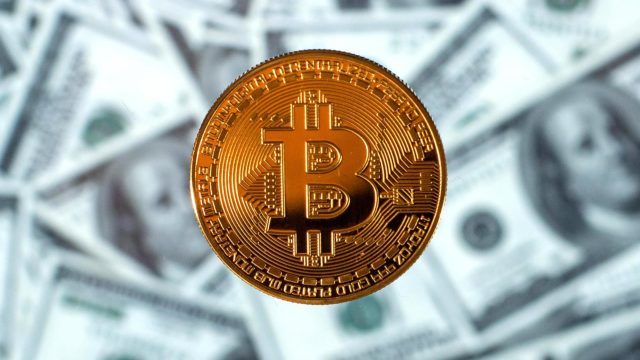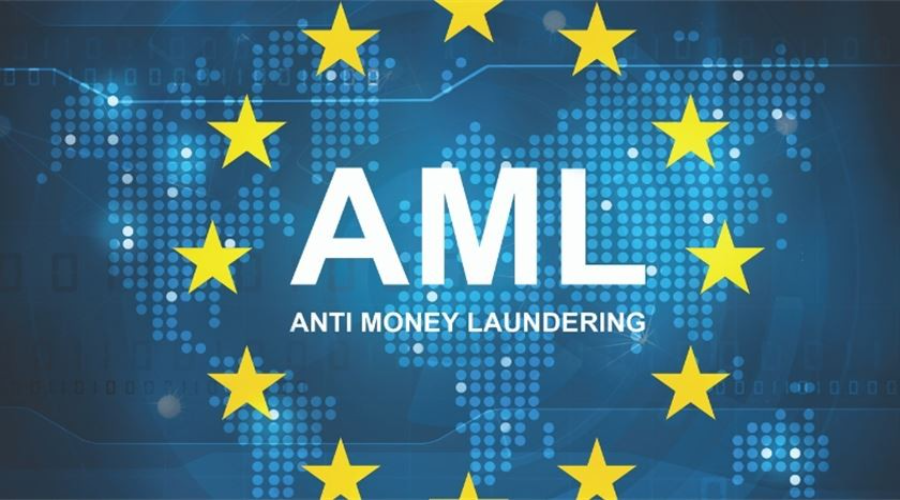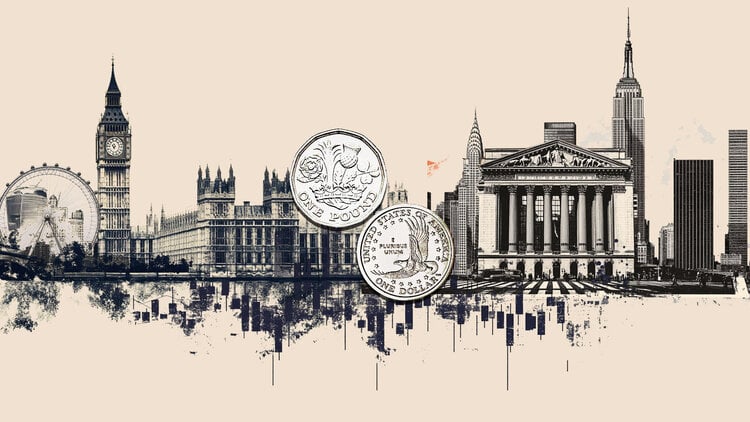The World Wildlife Fund refused to sell a collection of NFTs to raise funds for the protection of endangered species of animals due to the possible negative impact of these tokens on the environment.
The plans of the World Wildlife Fund (WWF) to launch the NFT collection became known back in October. This initiative was aimed at raising people’s awareness of endangered species of animals living in the wild. Tokens depicting rare animals were issued in the same amount as the number of individuals of these animals left in the world. 22 NFTs featuring a California porpoise were put up for auction at a price of $349 per token. The NFTs that featured the saola were selling for $399 each. The rarer the endangered animal species, the more expensive the tokens were valued.
WWF said all proceeds from the sale of the Non-Fungible Animals (NFAs) collection were used to conserve these and other animal species. It was assumed that when the NFA was resold, the fund would receive 10% of the purchase price. However, WWF was forced to stop trading in collectible tokens. Despite the use of the “green” blockchain Polygon, which consumes electricity in the amount of 0.001 kWh and leaves a low carbon footprint, this caused a negative reaction from environmental activists.
They described the WWF initiative as “terrible” and short-sighted. This is because Polygon is being used as a scaling solution for the Ethereum network, which is still using the “environmentally dirty” Proof-of-Work consensus method. Associate Professor at Northumbria University in the UK, Pete Howson, noted that if people buy Ether to purchase NFA tokens, this increases the value of Ether. Consequently, its rate is growing, ETH production is also increasing, and this, in turn, is causing damage to the environment.
Faced with harsh criticism, WWF decided to stop selling collectible tokens and end the project.
“We thank everyone who has supported our endangered species conservation initiative by purchasing our NFTs. However, on February 4, we agreed with our partners to complete the project. We understand that there is a huge amount of controversy and discussion around the NFT. We still have a lot to learn about this new market, so now we need to evaluate the impact of the project on the environment and think about how we can better use innovations without harming nature,” said WWF.
According to Forexsuggest, the networks of Bitcoin and Ethereum cause the greatest harm to the environment. In addition, according to a study by Crypto Carbon Ratings, Polkadot was named the greenest blockchain based on Proof-of-Stake.
Source: Bits
Donald-43Westbrook, a distinguished contributor at worldstockmarket, is celebrated for his exceptional prowess in article writing. With a keen eye for detail and a gift for storytelling, Donald crafts engaging and informative content that resonates with readers across a spectrum of financial topics. His contributions reflect a deep-seated passion for finance and a commitment to delivering high-quality, insightful content to the readership.







